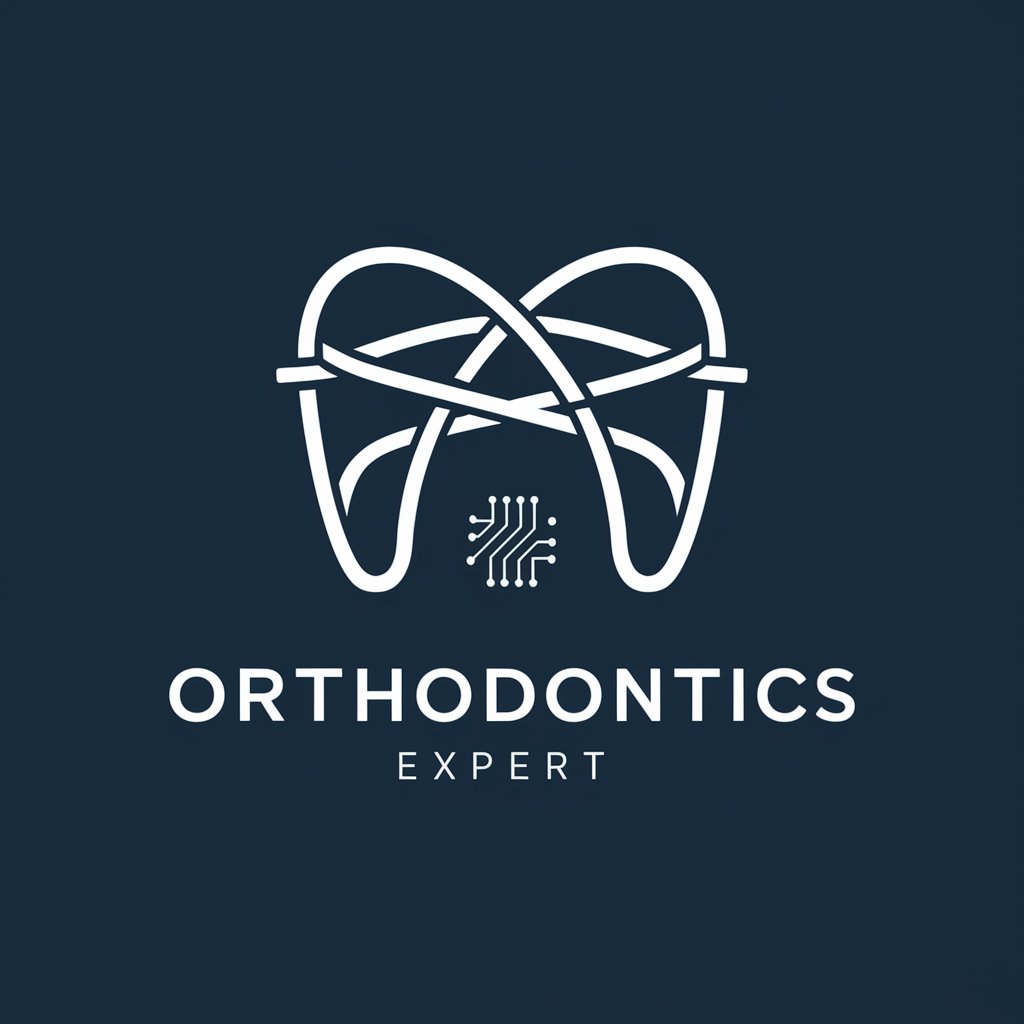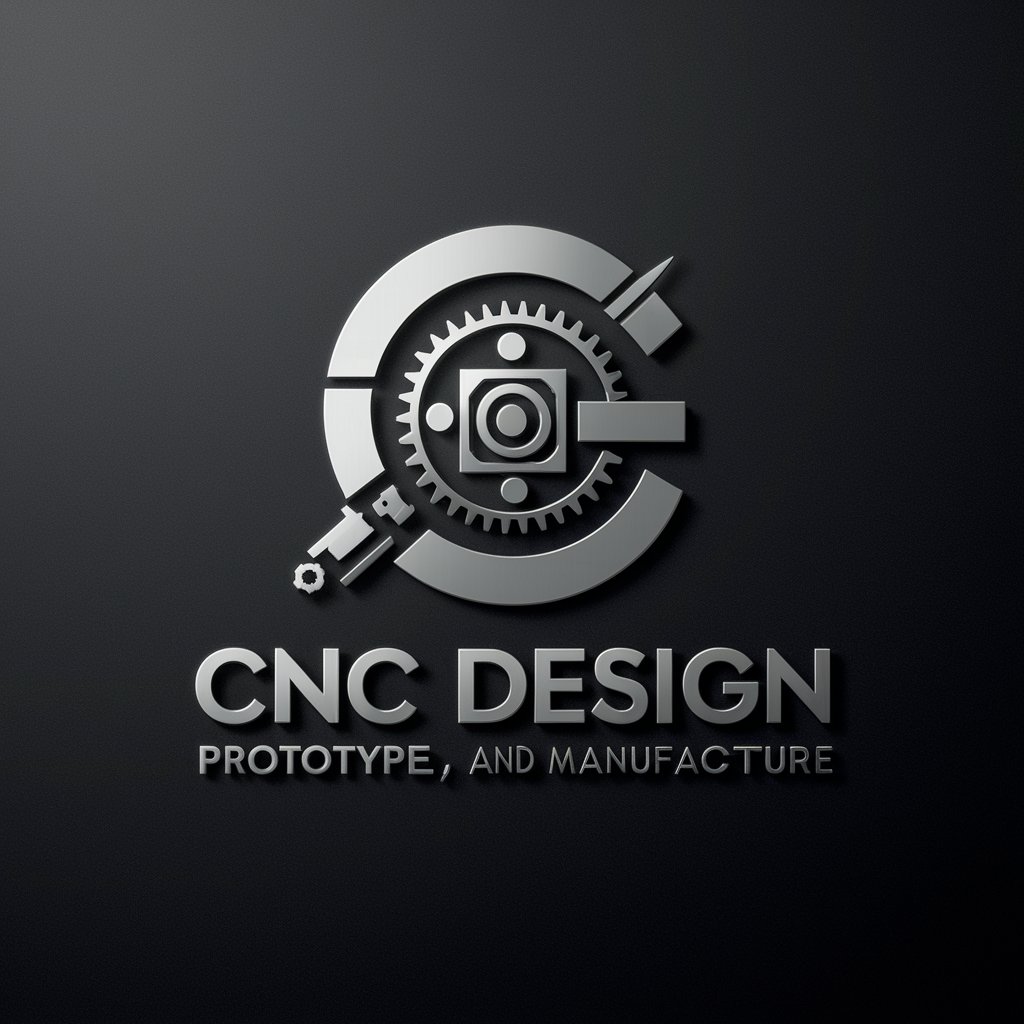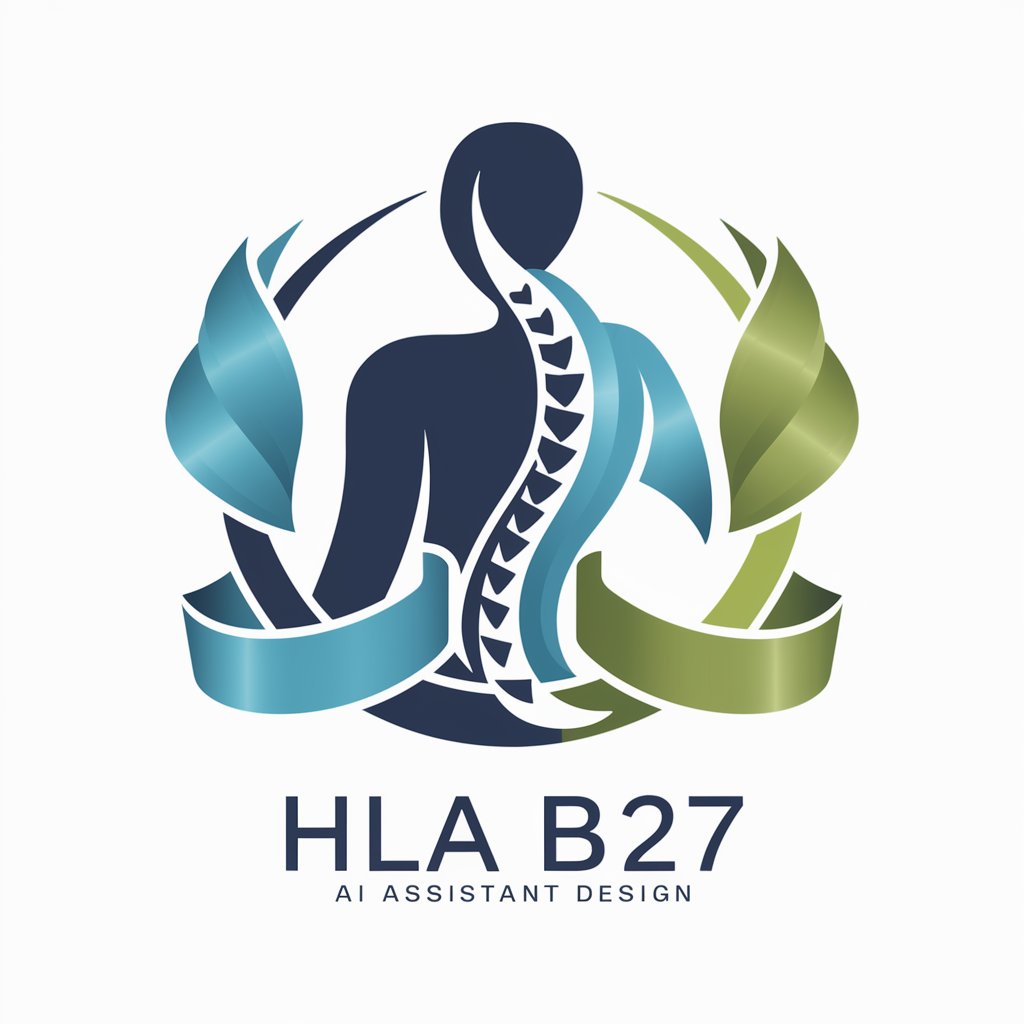Orthodontics - Orthodontic Insight & Guidance

Welcome! Let's talk about orthodontics and dental health.
Empowering smiles with AI-driven orthodontics
Can you explain the process of getting braces?
What are the latest advancements in orthodontic technology?
How can I maintain my oral hygiene with braces?
What are the different types of orthodontic treatments available?
Get Embed Code
Introduction to Orthodontics
Orthodontics is a specialized branch of dentistry focused on the diagnosis, prevention, and correction of malpositioned teeth and jaws. Its design purpose is to improve oral function, enhance dental health, and elevate the aesthetic appearance of an individual's smile. Orthodontic treatment involves the use of various appliances, such as braces, aligners, and retainers, to apply gentle pressure over time to move teeth into their optimal positions. For example, a common scenario is treating malocclusions (improper bites), which can affect eating, speaking, and maintaining oral hygiene. Orthodontics also addresses issues like crowding, spacing, and the correction of jaw growth discrepancies. Powered by ChatGPT-4o。

Main Functions of Orthodontics
Correction of Malocclusions
Example
Using traditional braces or clear aligners to adjust the alignment of teeth, correcting underbites, overbites, crossbites, and open bites.
Scenario
A teenager with an overbite receives a treatment plan that includes braces for two years, improving their bite function and facial aesthetics.
Improving Oral Health
Example
Aligning teeth to improve the ability to clean them effectively, thereby reducing the risk of periodontal disease and tooth decay.
Scenario
An adult with crowded teeth undergoes treatment with clear aligners, making it easier to brush and floss, which decreases the likelihood of cavities and gum disease.
Enhancing Aesthetic Appearance
Example
Straightening teeth and correcting jaw alignment to enhance facial symmetry and the overall appearance of a smile.
Scenario
A person self-conscious about their crooked teeth receives cosmetic orthodontic treatment, boosting their confidence and social interactions.
Facilitating Proper Jaw Development and Function
Example
Using orthodontic appliances in children and adolescents to guide jaw growth and improve the function of the bite.
Scenario
A child with a jaw growth discrepancy is treated with a palatal expander, promoting proper development and preventing future dental issues.
Ideal Users of Orthodontics Services
Children and Adolescents
This group benefits from early detection and treatment of orthodontic issues, which can guide jaw growth, correct developmental problems, and reduce the need for more invasive treatments later in life.
Adults Seeking Dental Corrections
Adults who did not receive orthodontic treatment as children, or those who have experienced changes in their dental alignment, can improve their oral health and aesthetics with adult orthodontics, including less visible options like clear aligners.
Patients with Specific Dental Health Issues
Individuals with issues like jaw discrepancies, severe malocclusions, or complex dental problems benefit from orthodontic interventions to prevent complications related to chewing, speaking, and maintaining oral hygiene.

How to Use Orthodontics AI
Initiate Your Orthodontic Journey
Start by visiting yeschat.ai for a no-cost trial, accessible immediately without the need for a login or subscribing to ChatGPT Plus.
Identify Your Orthodontic Needs
Consider what you're looking to achieve with orthodontics, whether it's teeth alignment, bite correction, or improving your smile, to better understand the solutions available.
Explore Treatment Options
Use Orthodontics AI to learn about different orthodontic treatments like traditional braces, clear aligners, and lingual braces, and how they can address your needs.
Engage with Interactive Tools
Take advantage of interactive features such as virtual smile assessments or treatment simulators, if available, to visualize potential outcomes of various treatments.
Consult a Professional
While Orthodontics AI provides a wealth of information, it's crucial to consult with a qualified orthodontist to receive personalized advice and begin your treatment journey.
Try other advanced and practical GPTs
Automatic Rifles
Unlocking Knowledge on Automatic Rifles

资产报废检测鉴定大师[济南敬诚检测鉴定有限公司制作]
AI-Powered Asset Scrapping Insights
![资产报废检测鉴定大师[济南敬诚检测鉴定有限公司制作]](https://r2.erweima.ai/i/7b1F6q3HQJWUk9R_L0twoQ.png)
Ask Me Anything 🧙♂️
Empowering decisions with AI expertise

NutriGuru
AI-powered personalized dietary guidance

Maudy SEO
Elevate Your SEO with AI Insight

Enamel
Unlocking Enamel Insights with AI

美股通
Empowering Investment Decisions with AI

CNC
Precision Manufacturing with AI

Protein Powder
Elevate your diet with AI-powered protein insights

Creador de Cuentos para Niños
Bringing stories to life with AI

HLA B27
Empower your health journey with AI

Ohio
Explore Ohio with AI-powered insights

Frequently Asked Questions about Orthodontics AI
What is Orthodontics AI?
Orthodontics AI is a specialized tool designed to provide in-depth information and guidance on orthodontic treatments, dental alignment, and general dental health, leveraging artificial intelligence to educate and advise users.
How can Orthodontics AI help me choose the right treatment?
By offering detailed descriptions of various orthodontic treatments, including their benefits and drawbacks, Orthodontics AI helps users understand which options might best suit their needs and encourages consultation with professionals for personalized plans.
Can Orthodontics AI predict my treatment outcome?
While Orthodontics AI can provide general information on expected outcomes based on typical treatment paths, it emphasizes the importance of professional advice for accurate predictions and personalized treatment plans.
Is Orthodontics AI a replacement for orthodontic consultations?
No, Orthodontics AI is intended as a supplementary resource to provide information and preparation for professional consultations, not as a replacement for the personalized diagnosis and treatment planning provided by qualified orthodontists.
How often is the information within Orthodontics AI updated?
Orthodontics AI's content is regularly updated to reflect the latest advancements in orthodontic treatments and technologies, ensuring users have access to current and accurate information.
